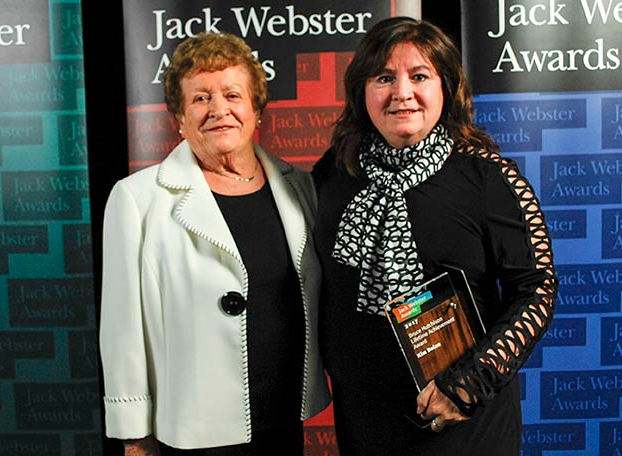
RSAF Project Spotlight: MARC Coding
Cataloging in libraries has undergone massive changes in the last ten years. A new standard, Resource Description and Access (RDA) has been put in place however the old one, Anglo-American Cataloging Rules 2nd ed. (AACR2) is still in use. As an instructor in the Library & Information Technology program at Langara and a professional cataloger, Dale West knew it was time for an update to the cataloging manual that her department created a number of years ago.
“My goal was to create an updated manual which could be used in both the classroom and in the workplace,” Dale explained noting that this new version would contain modern cataloging standards as well as advice for copy-catalogers updating old records.
The first step was to complete an analysis of how the book was being used in the classroom and gather student feedback about the resource. This helped identify the features to keep in the manual, such as templates and examples, and determined where information was missing or needed to be updated. The group also looked at the cataloging courses at Langara and Saskatchewan Polytechnic to see what additional information could be added to the text to benefit students. They then surveyed the existing text to find all of the areas that needed updating. Updates included general changes to MARC coding, areas affected by the new RDA standard, and examples that could be replaced or clarified. Copy-cataloging tips were also added to the textbook as this is the most common type of cataloging encountered in the workplace.
Dale enjoyed the collaboration between team members on this project. She is grateful to the two students that she hired, Kurtis Kolthammer and Barry Favero, who assisted with layout and proof-reading and provided a student perspective on the project. Chasity Bearst, the department chair for the Library and Information Technology program at Saskatchewan Polytechnic was another valuable resource that brought a perspective from outside of Langara and the province to the project.
“We had some amazing Skype conversations as we were editing the book,” Dale said, “Cataloguers all have some stories to tell about their favourite, or least favourite book to catalog, or that one resource that was hard to classify. That type of information sharing was what I enjoyed most during the project.”
The updated textbook, MARC Coding for Library Technicians 2018, fills the need for a resource that includes both cataloging standards as well as advice on how to improve and update older records to modern standards. Two institutions have adopted the textbook for the fall and Dale is pleased to have been a part of creating a resource that students will carry with them into their careers.
As Dale looks ahead, she has plenty of ideas about what future versions of the text might hold. She hopes to add more practical and hands-on resources that focus on technical skills and she is looking into the possibility of making future editions available on Open Textbook. In the meantime, Dale will continue teaching at Langara, and updating the textbook as standard practices and cataloging rules continue to evolve.
Scholarly Activity Steering Committee

